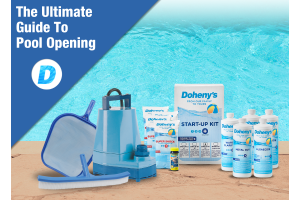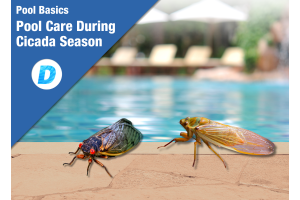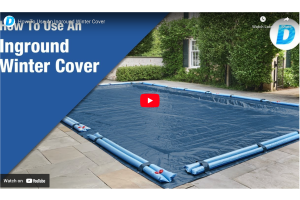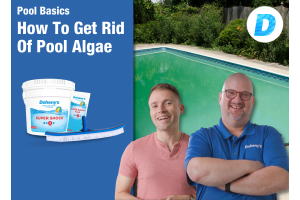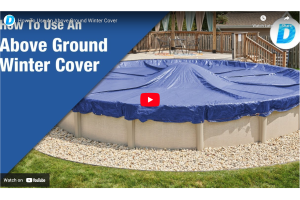How To Spas: Everything you need to know about your spa chemicals
SPA CHEMICALS EXPLAINED
You might think that the chemicals used for both pools and spas are the same; of course you would only be half right, there are slight differences which will be explained below. These two separate and yet enjoyable entities require the same maintenance to keep them clean and sanitary for use. Your friends and family want to be sure the spa they use for play or for simple relaxation has the right chemicals coursing through the water to insure their safety. It is crucial to keep track of issues such as bacteria and/or algae growth that can form if filtration and circulation are not properly maintained. Read on to find out more about spa chemicals and why they are so essential to this ‘pool of relaxation.’
1. Chlorine - This is great, but not a necessary sanitizer for your spa. Obviously due to the differences in size and water volume, you will need different concentrations of chlorine to add to your spa water. You can use either tablets or granules.
2. Bromine - If for some reason the smell and feel of chlorine isn’t right for you, this sanitizer is another option. Bromine tablets are a combination of sodium bromide and chlorine. However, bromine is less harsh on skin, swim suits, and your eyes. It can be distributed via tablets, and needs a floating feeder to place it in the water.
3.Minerals - You can also add minerals together with sanitizers (sanitizers are necessary to avoid contamination.) Mineral purifiers are typically placed directly inside your filter cartridge or you can put them in a floating dispenser to release them into the water over time. We recommend Spa Frog products to aid you in this venture. They can reduce the need for chlorine or bromine, but it is never a good idea to eliminate a sanitizer entirely.
4.Ozone (not the layer) - In order to use ozone you will need to purchase an ‘ozonator’ for your spa. If it already has an ozonator, you still need to distribute a low level of bromine into the water to prevent contamination. It is crucial to either add chlorine, bromine, or both to your water supply. Without it, who knows what bacteria would move in! You might want to invest in water test strips to be sure all levels of the above chemicals as well as the pH line up where they should.
5.Shock - It should come as no surprise, but this amazing product helps to oxidize the water and remove organic matter such as: skin oils, make up, sun tan lotion, and (shockingly enough) - even urine from your water supply. No one wants to relax in a cesspool of their own making, that’s why it is essential to shock your spa weekly to kill off that nasty bacteria and potential algae growth.
6.Balance the pH - pH levels measure how acidic or basic your water is. The range for pool water and spa water is the same. You want to maintain a neutral pH level at approximately: 7.2-7.6. If your pH is below this amount, your water will become acidic and irritate your eyes and skin immediately. If your spa water is above this range, then it is too alkaline and might cause scaling from too many mineral deposits on your spa’s acrylic surface. How can I balance my pH water levels, you ask? It is simple. All you have to do is purchase a test strip and measure it yourself! If you see fluctuating numbers you can purchase pH balancers to even everything out.
7.Calcium Hardness - Geographically speaking, the levels of calcium in your area might fluctuate with how ‘hard’ or ‘soft’ your water actually is. Use the water test strip to check your calcium hardness levels frequently. If you need to increase or decrease these levels we have different products available for you to do just that.
8.Alkalinity Control - (TA) or Total Alkalinity measures your spa’s ability to resist changes in the pH levels. When TA is properly maintained, over time it can decrease the necessity to balance your pH. However, if your water test strip indicates something different, then you need to either increase or decrease the TA with the proper chemicals.
9.Heavy Metal (not music) - Some water in your area might contain unusual amounts of iron or copper. If you observe a greenish tint in your water, this might indicate the presence of these metals. Do not panic or for that matter blast ‘heavy metal’ (at least not in the water); instead purchase Spa Metal & Stain Control to alleviate your stress.


